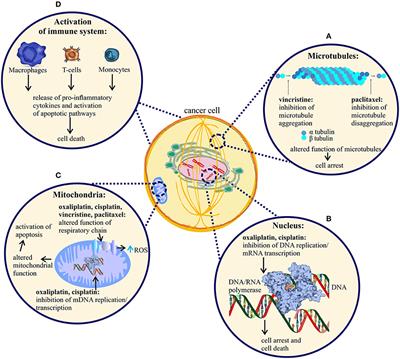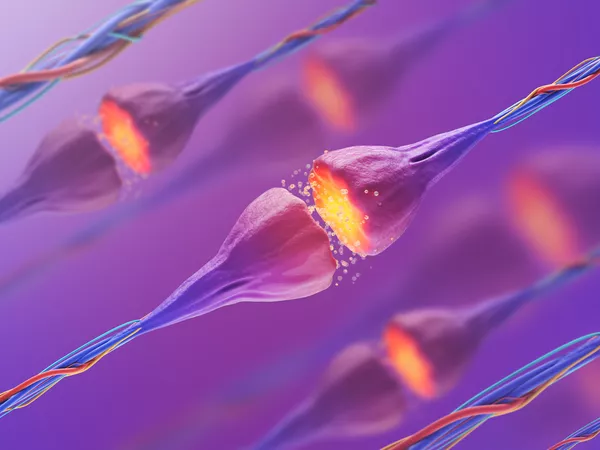MINI REVIEW
Published on 27 Nov 2017
The Therapeutic Potential of Monocyte/Macrophage Manipulation in the Treatment of Chemotherapy-Induced Painful Neuropathy
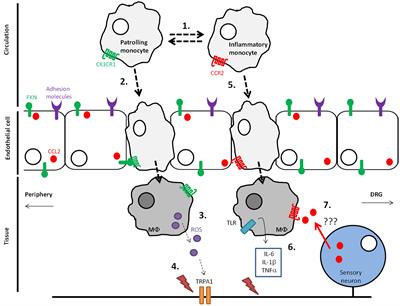
doi 10.3389/fnmol.2017.00397
- 4,735 views
- 37 citations
52k
Total downloads
260k
Total views and downloads
Select the journal/section where you want your idea to be submitted:
MINI REVIEW
Published on 27 Nov 2017

ORIGINAL RESEARCH
Published on 09 Nov 2017
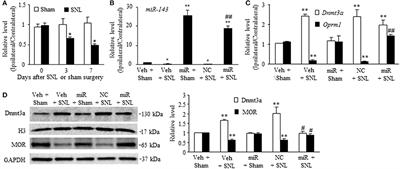
REVIEW
Published on 03 Nov 2017
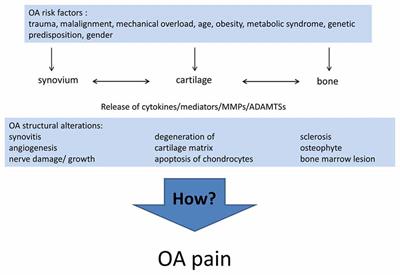
REVIEW
Published on 06 Sep 2017
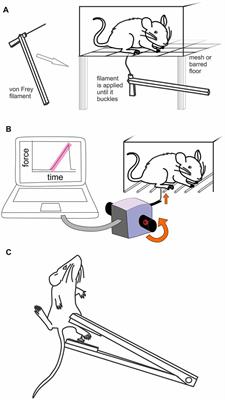
ORIGINAL RESEARCH
Published on 08 Aug 2017

ORIGINAL RESEARCH
Published on 03 Aug 2017

ORIGINAL RESEARCH
Published on 27 Jul 2017

ORIGINAL RESEARCH
Published on 11 Jul 2017
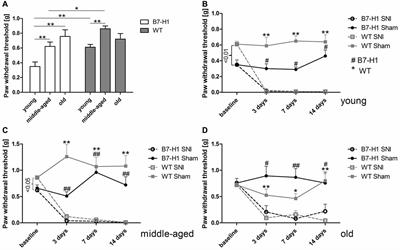
ORIGINAL RESEARCH
Published on 30 Jun 2017
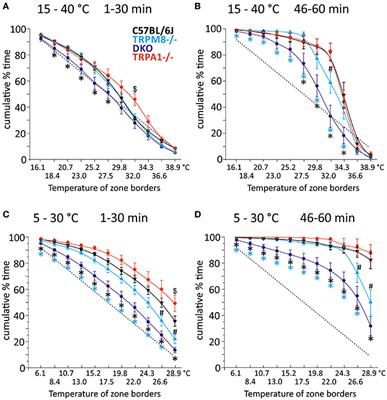
ORIGINAL RESEARCH
Published on 19 Jun 2017
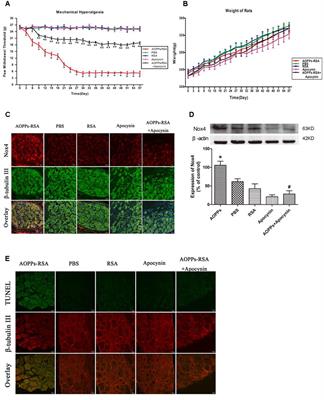
ORIGINAL RESEARCH
Published on 13 Jun 2017
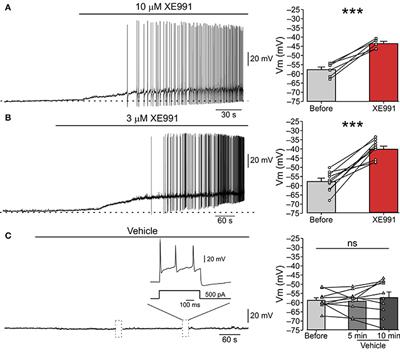
REVIEW
Published on 31 May 2017
